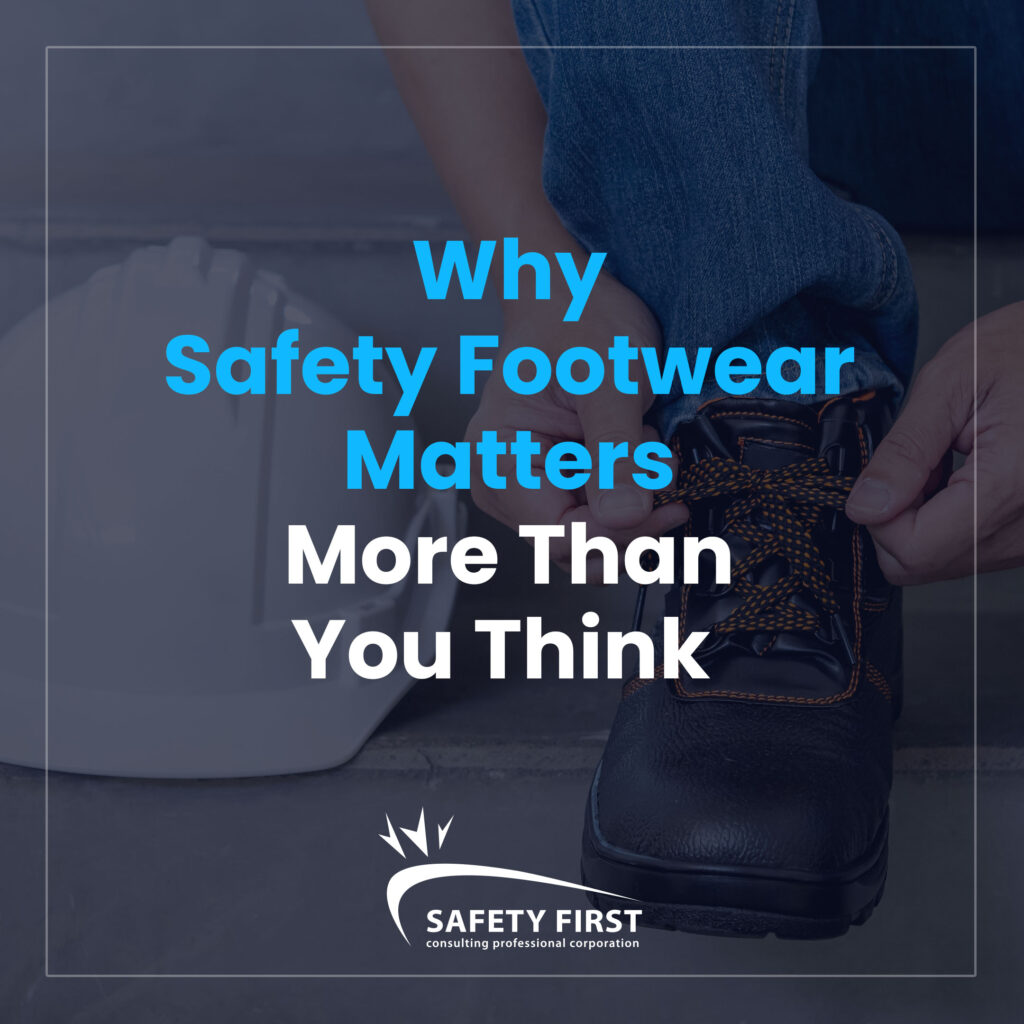
Safety Footwear (What is Greenpatch)

In the world of manual labour and industrial work, safety is fundamental. From construction sites to manufacturing plants, employees face numerous hazards daily. Among the various safety measures in place, one often overlooked aspect is the importance of footwear. Safety footwear is not just about comfort or style; it plays a crucial role in preventing injuries and maintaining a safe work environment.
Understanding the Risks
Before diving into the significance of safety footwear, it’s essential to understand the risks that workers face daily. In industrial settings, employees encounter lots of hazards such as heavy machinery, slippery surfaces, falling objects electrical hazards and sharp objects. Without proper protection, these hazards can lead to serious injuries ranging from small cuts that can be treated with a band aid to fractures, burns, or even amputations.
The “Green Patch”
Prior to jumping into the role of safety footwear, it is important to know what the green patch is. The Canadian Centre for Occupational Health and Safety (CCOHS) states that “safety footwear with this patch is intended for heavy industrial work environments, especially that of construction where sharp objects (such as nails) are present.” The green triangle (green patch) indicates sole puncture protection with a grade 1 protective toe cap. This type of safety footwear is designed to protect the sole and toes from any type of puncture.
The Role of Safety Footwear:
Safety footwear serves as a frontline defence against workplace injuries. Safety footwear specially designed to mitigate the risks associated with various job environments. Below are the ways in which safety footwear may contribute to your workplace safety.
1. Slip Resistance
Slippery surfaces are a common hazard in many workplaces. Safety footwear often features slip-resistant soles with enhanced traction to prevent slips and falls.
2. Electrical Hazard Protection
For workers exposed to electrical currents, safety footwear with Electrical Hazard (EH) protection is essential. EH rated footwear is designed to provide insulation against electric shocks, reducing the risks of injury.
3. Impact Protection
Many safety shoes come with reinforced toe caps, normally made from steel or composite materials, to protect the workers toes from heavy objects or compression injuries such as dropping a wood plank on your foot.
4. Puncture Resistance
In environments where sharp objects are present, such as construction sites or manufacturing facilities, safety footwear with puncture resistant soles offer protection against puncture wounds and foot injuries. Safety footwear marked with a green triangle also known as the “green patch” is ideal for these work environments.
5. Chemical Resistance
Some industries such as laboratories and chemical plants require footwear that can withstand exposure to hazardous chemicals. Chemical-resistant safety shoes are designed to withstand corrosive substances and prevent workers from potential injuries.
6. Ankle Support
Safety footwear with ankle support helps stabilize the foot and reduce the risks of sprains and twists. This type of safety footwear is ideal for jobs that require heavy lifting or jobs like landscaping where uneven terrain can put strain and pressure on the ankles.
Choosing The Right Footwear:
Selecting the right footwear depends on many factors such as the workplace conditions, individual preferences, and the nature of the job. Below are some tips for how to choose the right safety footwear.
1. Assess the Hazards
Identify the hazards in your workplace such as falling objects, slippery surfaces, or electrical currents. It is necessary to choose safety footwear that offers protection against any potentialhazards you may face daily, but also footwear that complies with regulatory/workplace requirements. For example, it is required that all electricians wear safety footwear that provide resistance to electric shock.
2. Comfort
While safety is fundamental, comfort should also not be overlooked. Choosing footwear that provides the right cushioning, arch support, ankle support and breathability can be very beneficial when it comes to long hours of work.
3. Proper Fit
Ill-fitting footwear may also cause discomfort and lead to injuries. Trying different styles of footwear and measuring your feet correctly can help you find the perfect fit. Remember to account for any socks or orthotic inserts you may wear.
4. Inspect Regularly
Inspect your safety footwear regularly for signs of wear and tear such as cracks, rips, worn out soles and damaged toe caps. Replace them as soon as possible if they do not provide adequate protection.
In the world of manual labour and industrial work, safety should always be a top priority. By investing in quality safety footwear and following safety protocols, employers can reduce the risk of workplace injuries and create a safer environment for their employees. Remember, when it comes to safety, every step counts. So, step into safety with the right footwear and protect yourself from potential hazards in your workplace.
Learn More
To learn more about how you can ensure due diligence and protect your workers, contact us at 905-669-5444 or info@safetyfirstconsulting.ca for more information on our health and safety consulting. Safety First will provide your company with the assistance required to achieve compliance with government health and safety regulations.

